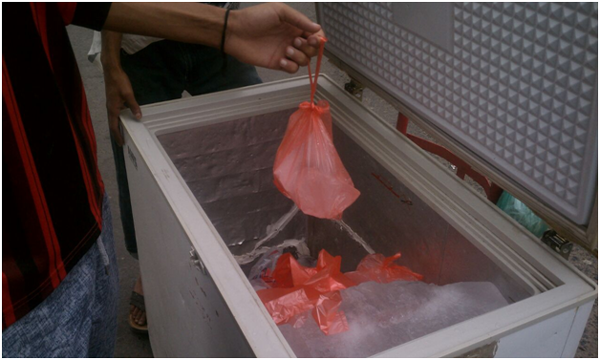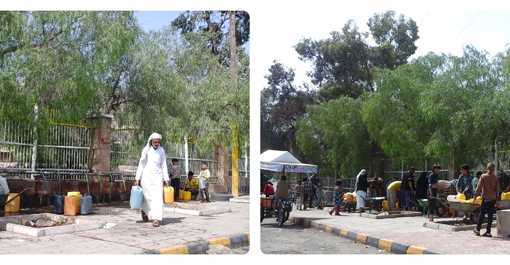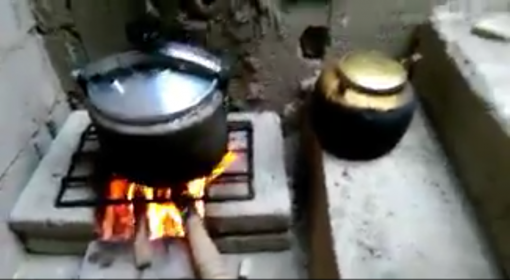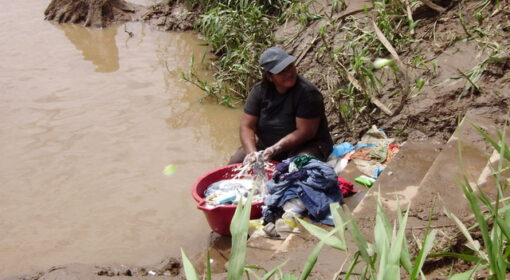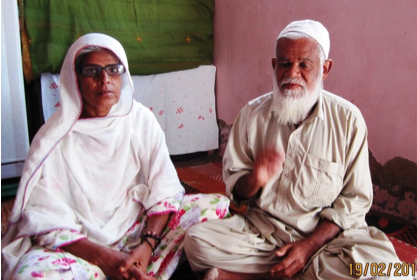by Madiha al-Junaid
August 11, 2015
In a previous blog, a gardener was observed watering the plants at the airport area, where bombardments had just taken place few moments ago. This gardener was the source of inspiration for this blog to see the light. It is not only the gardener who was observed having no worries of whatever the surrounding circumstances are, but many people in Yemen are… They are so fittingly ‘misfits’!
This blog aims to document, in brief descriptions and images, various unique water practices under circumstances of water scarcity and war escalation.
The mini clay fountain for drinking water
Half-a-meter to one-meter high water containers made of clay are distributed around neighborhoods in many different cities to provide drinking water on a daily basis. There is always a cup hanging over the clay fountain which provides and keeps the water cold even during hot and sunny days.
This small drinking fountain is not only for passengers or those passing by, but also for the poor who lack access to drinking water. Philanthropists fill them with water every day. (Images by: Mazin Kamal)

A quick shower
Kids and men bending down over a public tap to wash their heads and faces. A quick shower is becoming a new trend for men and children under sever water shortage. (Images: Mazin Kamal)

The cooling fabric cover
Many might question what Yemenis do during summer’s high temperature hours without cold water since there is no electricity. The creative, and let’s say traditional, way is having their water bottles and plastic containers wearing a wet fabric cover. The idea is when the wet cover is hit by the wind, the bottle of container is cooled, and hence the water is cold. (Images: Mazin Kamal)

Gardener under Any Circumstances
“The airport was controlled by the Houthis, it was pretty much closed. There had been an airstrike very nearby that killed many people, and there was already a big water shortage… And yet this guy was just walking around having a nice time watering the garden,” said Brett Scott, a former managing editor at the Yemen Times who fled Sana’a in April when the situation escalated. (Image: Brett Scott)
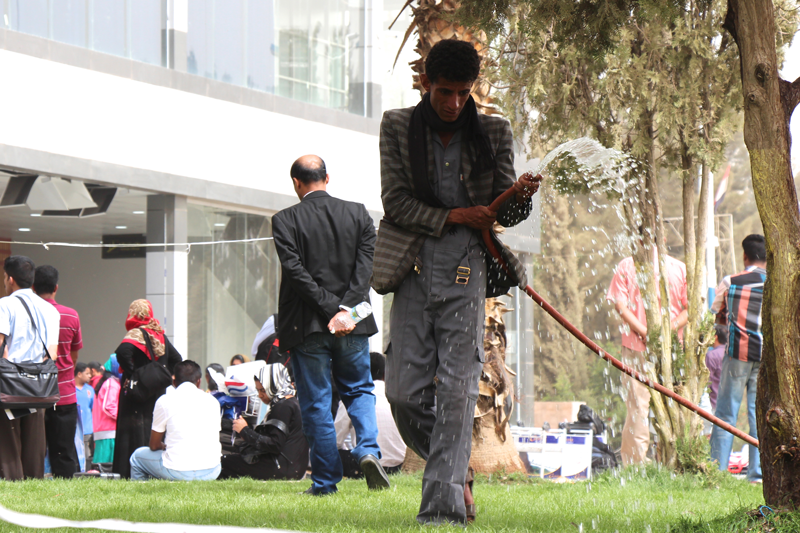
The 4-legged assistant
A twitter post shares this photo captioned “Yemenis made it to convince dogs to believe that they are donkeys.” (Images: Jamal Bin Attaf)
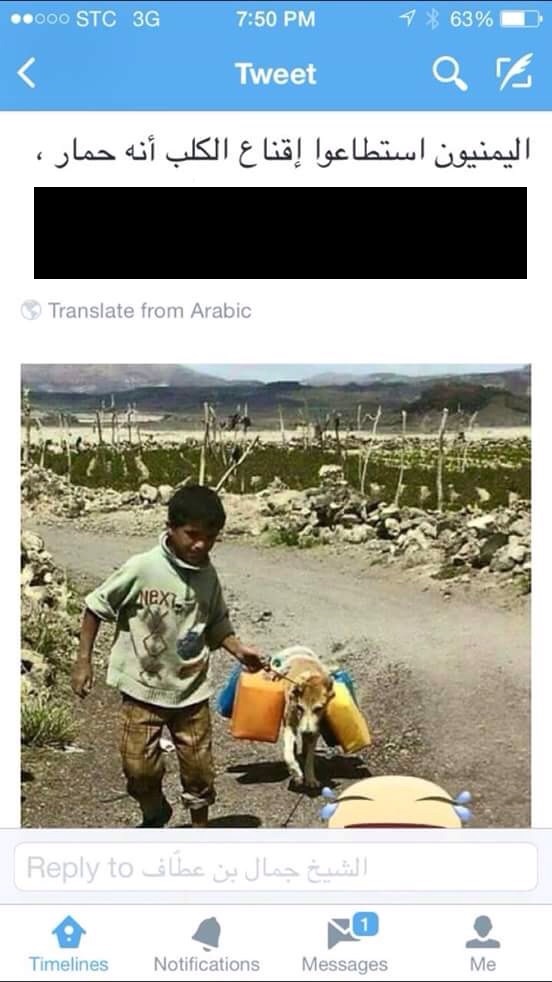
The two-wheel chair
A child was observed carrying the many water containers he had on a two-wheeled chair, a handicapped chair. He would take some rest every once in a while; he was quite small and it was a struggle keeping the water containers of various sizes in place.
The idea of carrying water on improvised, re-engineered tools is not new. Wandering around the streets an observer can witness many ideas. Some use boxes and drag them with their motorcycles, others use three-wheeled carriages and, when in groups, people use their trucks to carry as many containers as they can. You often stop with ‘whoa!’ look on your face and think “those people really think out of the box!” (Images: Madiha Al-Junaid)
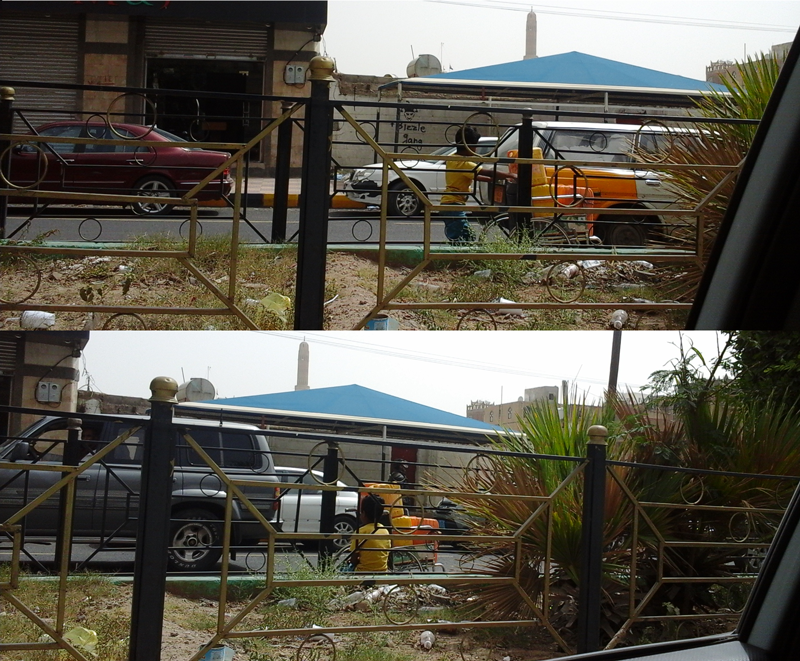
Wash your car?
Where the weather is very dry and the atmosphere sandy, it is a smart idea to fill a small container with water and pass by long queues of cars at fuel stations. (Images: Madiha Al-Junaid)
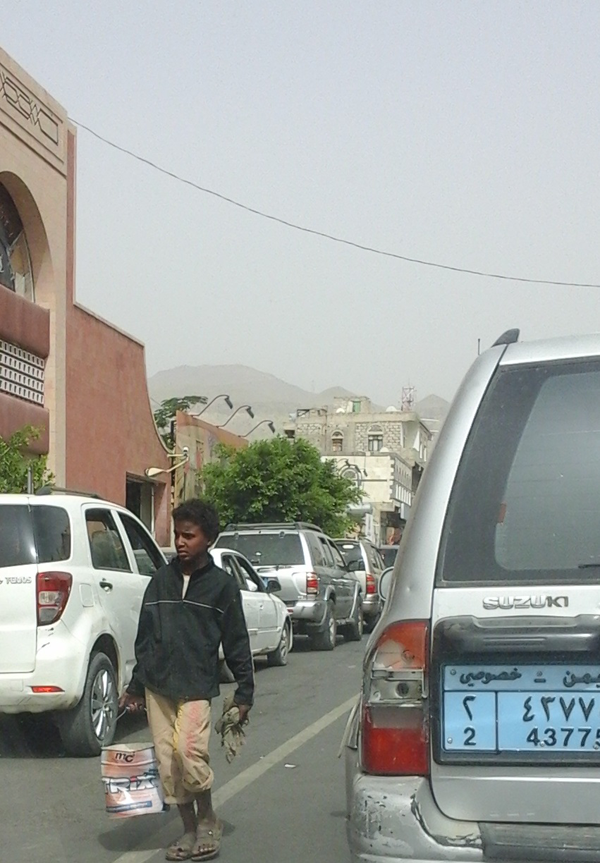
Recycling Water/ Preserving the Water
Nowadays, plenty of water containers can be found in every house in Yemen. Some even put containers out on their roofs when it rains. What is interesting is that a majority of Yemenis now put each drop into their ‘account’ and make every drop count. Therefore, they even collect the used water, such as the water used in laundry or washing the dishes and reuse it again- in bathrooms or for washing floors, or to wash cloths with if it is clean enough. (Images: Dr. Bilkis Zabara)
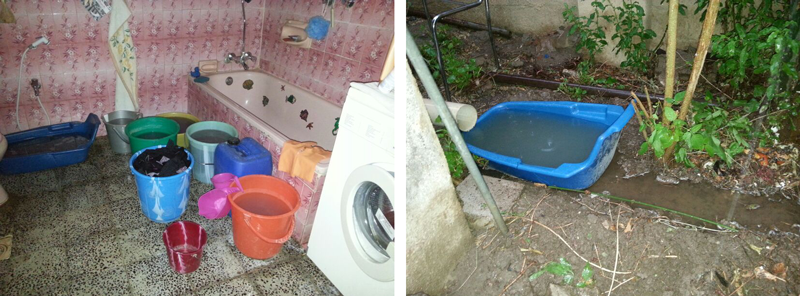
The pull-cart:
Too heavy for a child to carry? Well, it is then much easier to drag multiple water containers around, all put in one bigger container. A child was observed dragging three water containers of different sizes using a piece of clothing and a half-cut container. (Images: Mohamed al-Sayaghi/Reuters)
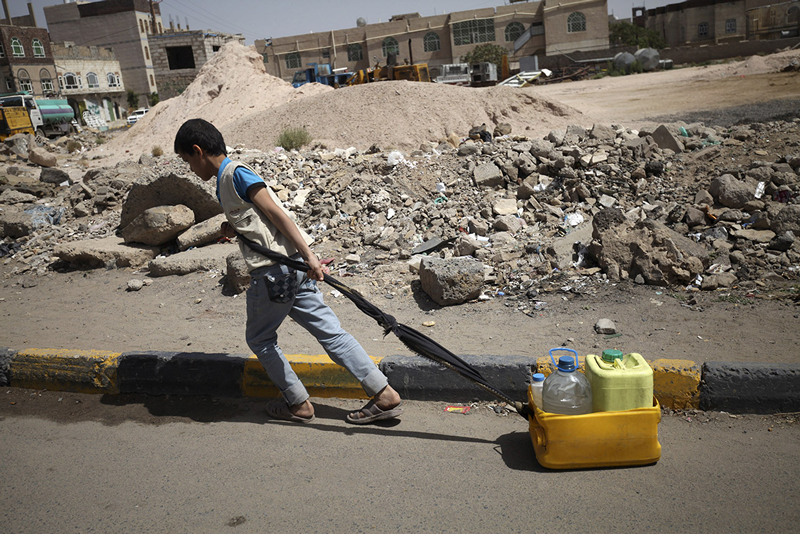
Let’s fill our roof top water tank- manually!
Some people carry 20 liter water containers onto their roofs, up two or three sets of narrow stairs – and sometimes more – to manually fill their water tanks in order to get their taps flowing. Sounds like a difficult task, doesn’t it?
With no electricity, there’s nothing to pump water up to the tank on the roof. Government-supplied water has for long been a thing of the past. Therefore, residents go to the nearest available public well to fill their containers with water, and use it to fill their overhead tanks.
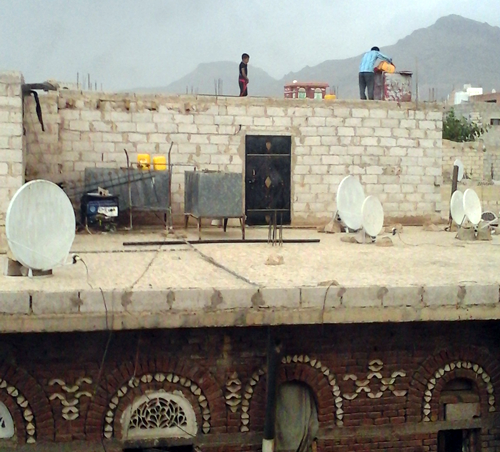
A new business opportunity: Selling ice!
The permanent electricity blackouts and the need to get cold drinking water during these hot summer days in Yemen have opened up a new business trend: selling ice.
Many grocery stores, small shops and even novice traders have started to freeze water using their small and big refrigerators which are operated with generators or solar power. The ice is then sold in small plastic bags for a 100-200 Yemeni Rials ($0.50 – $1.50, sometimes more) depending on its size and quantity. (Image Courtesy: Wael Al-Derwish)
